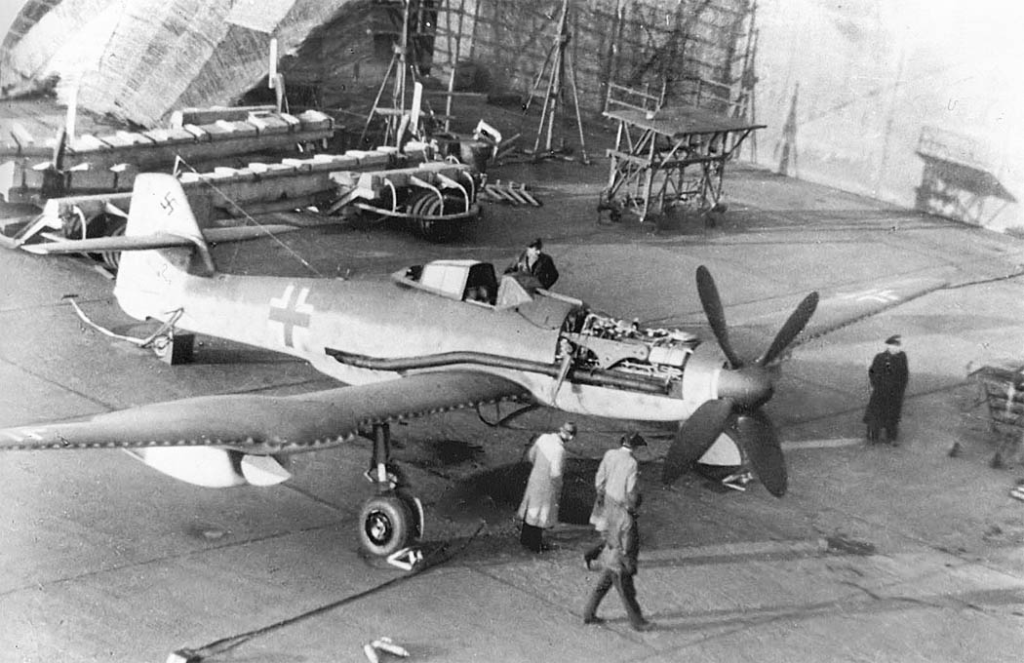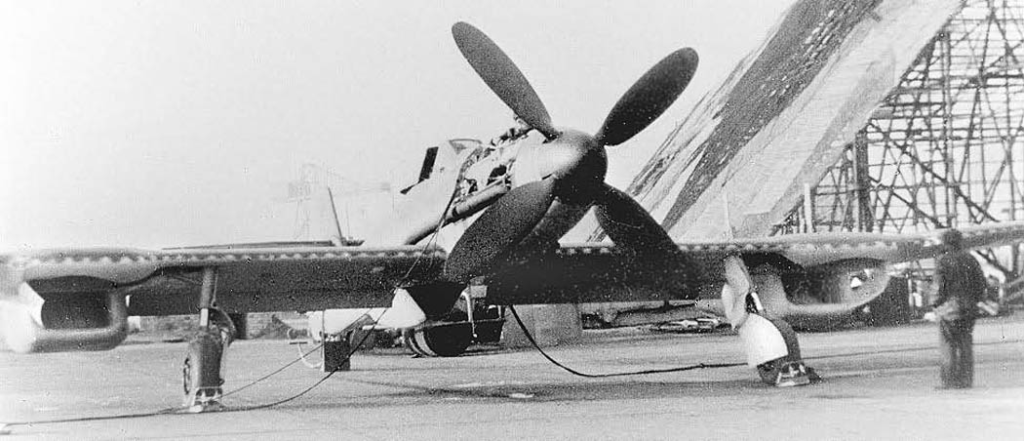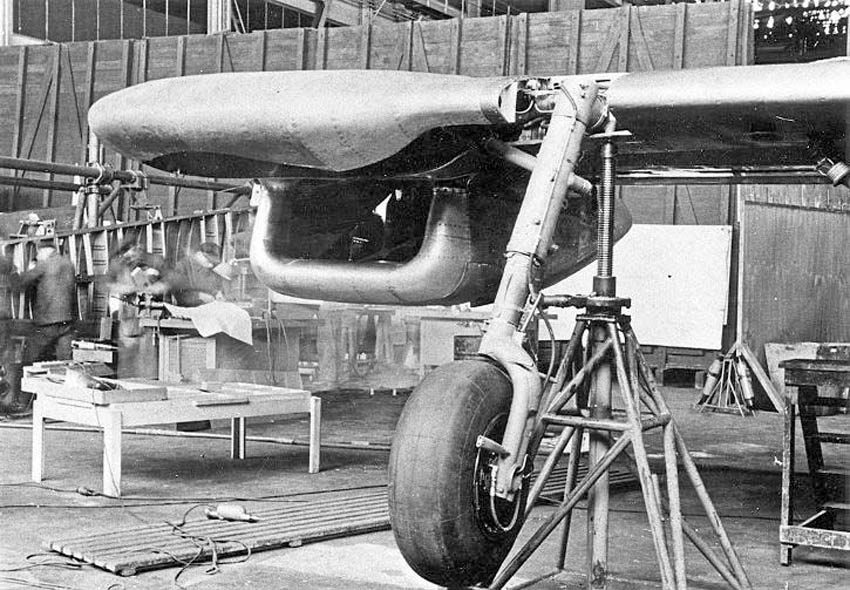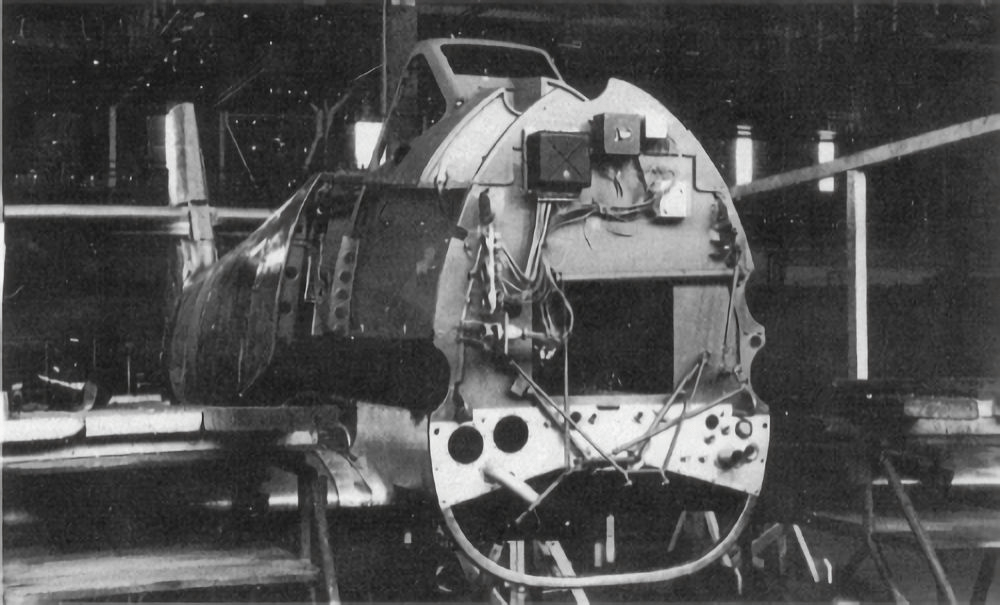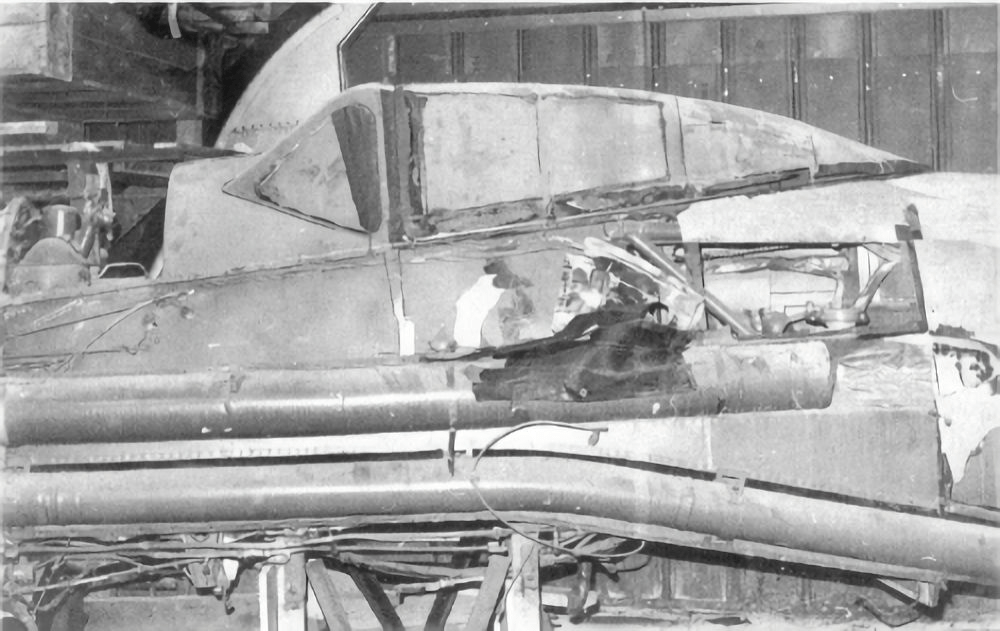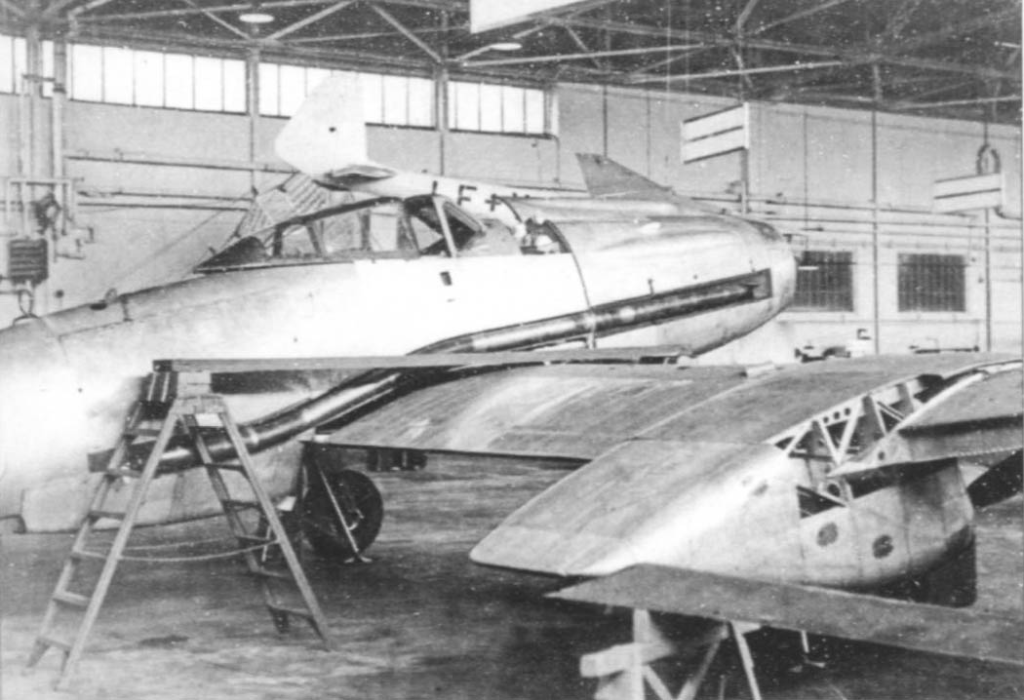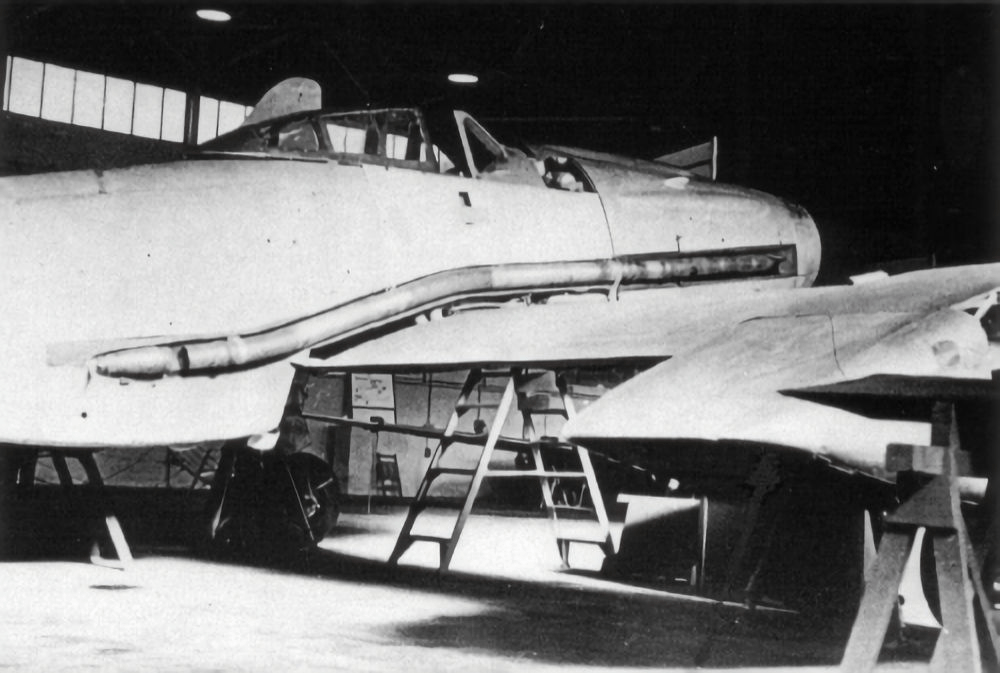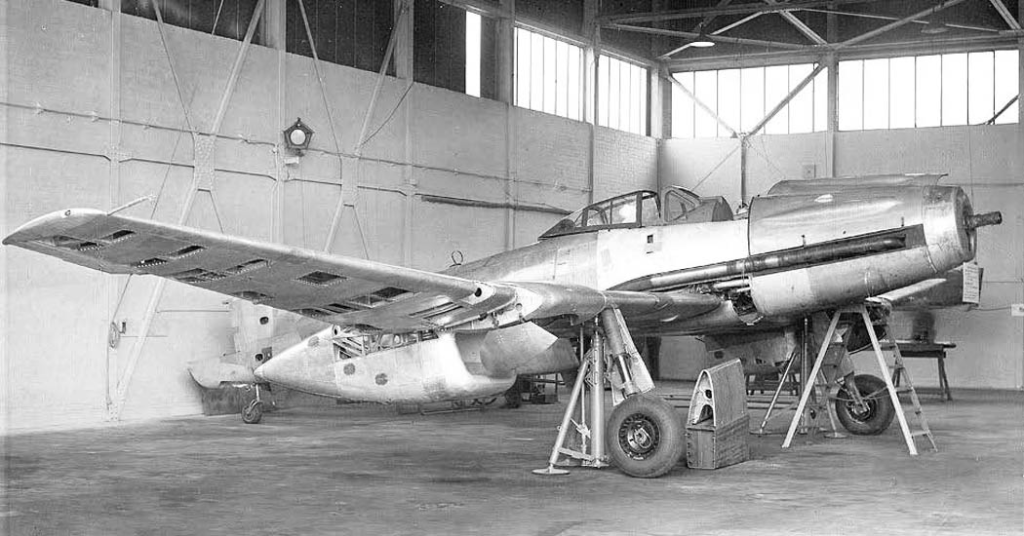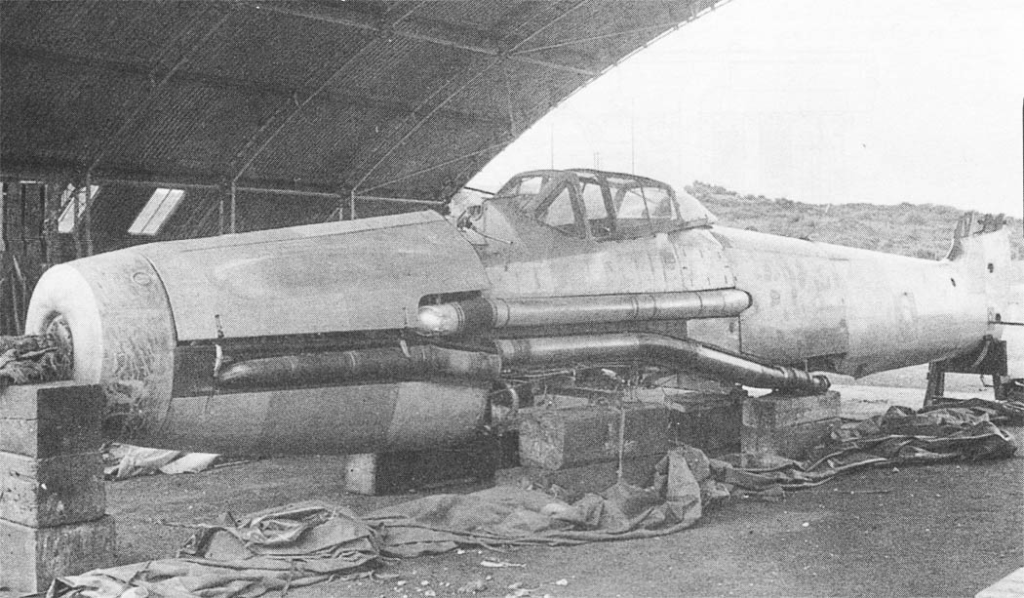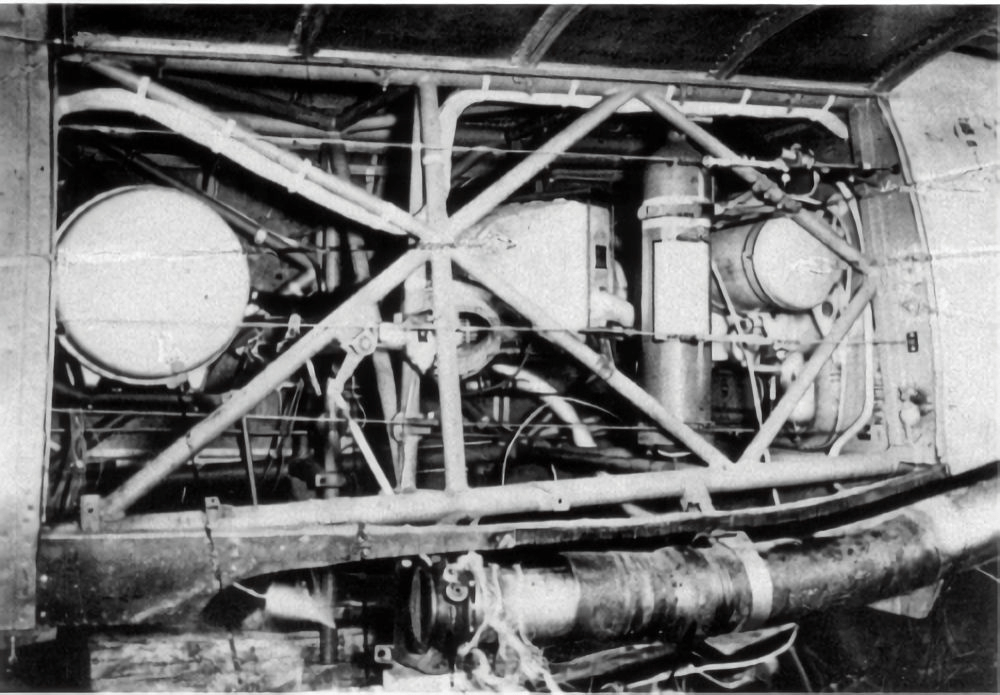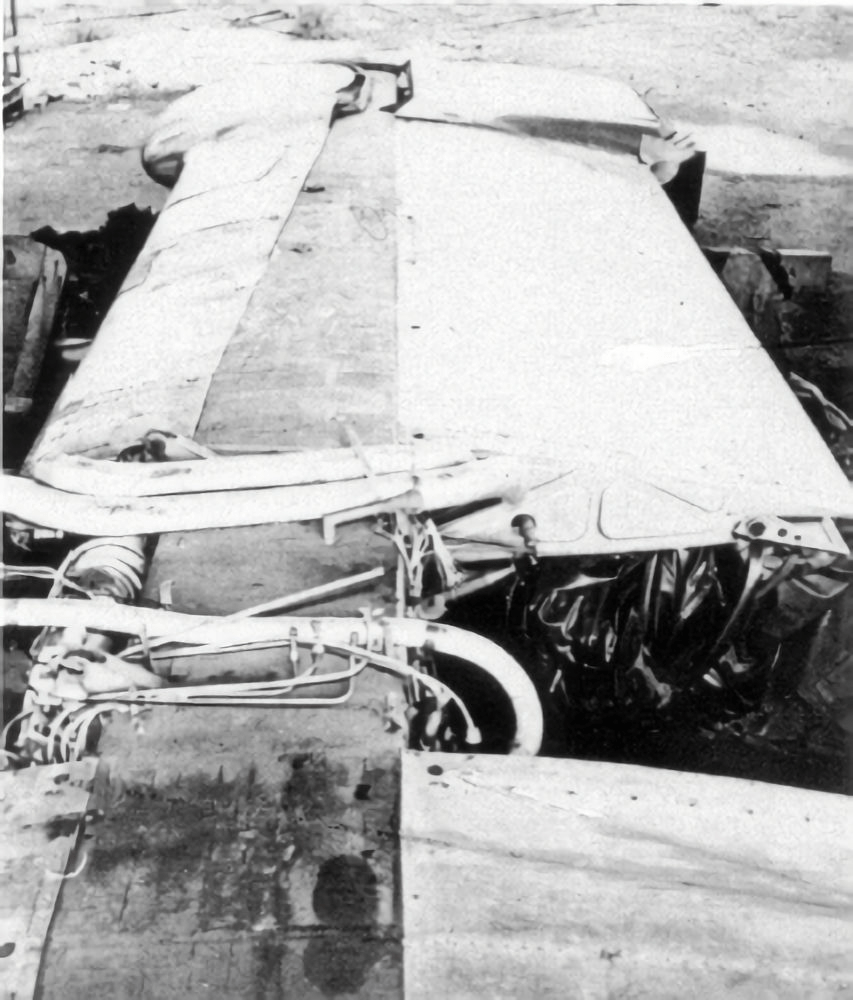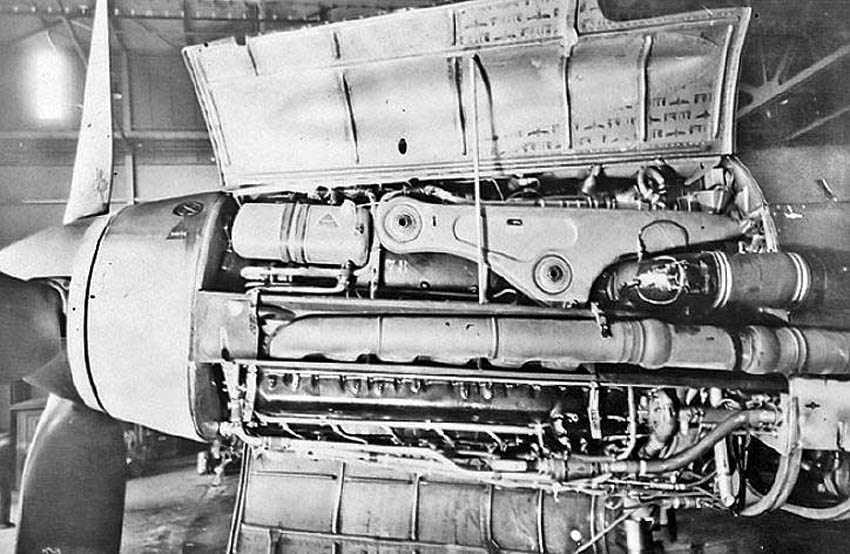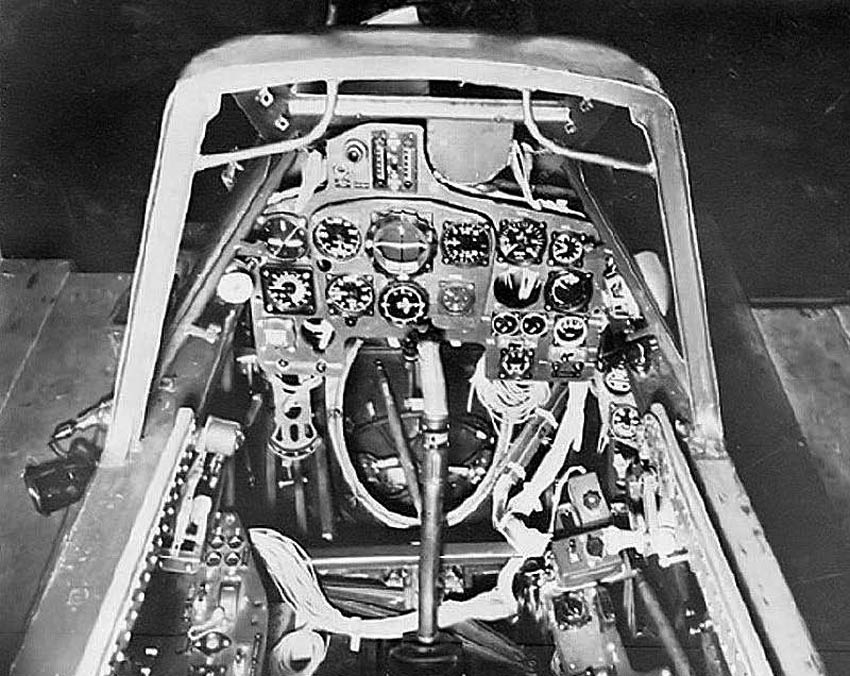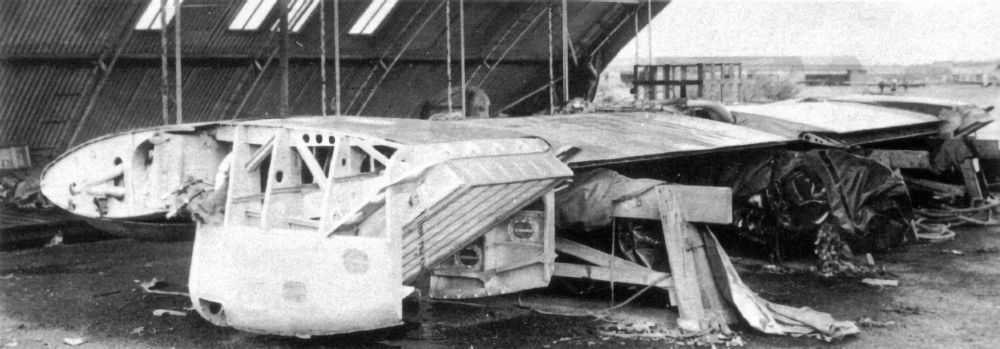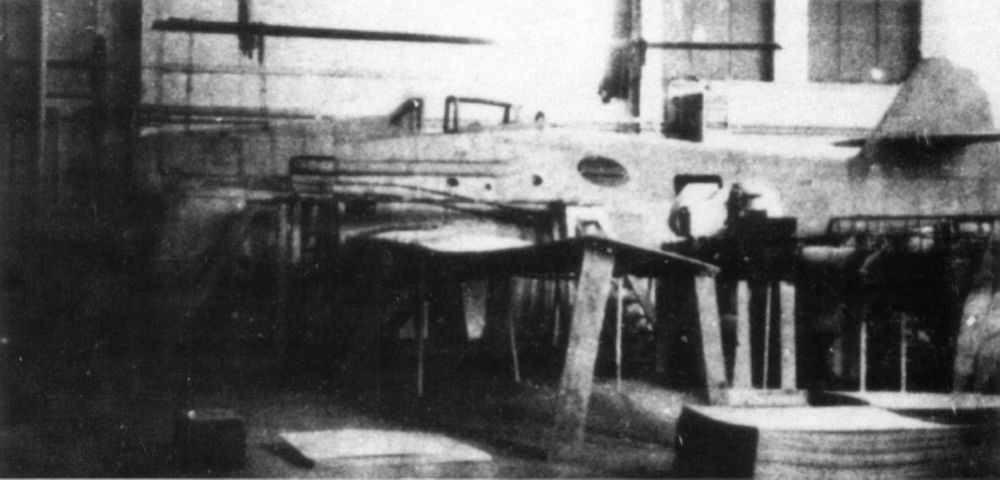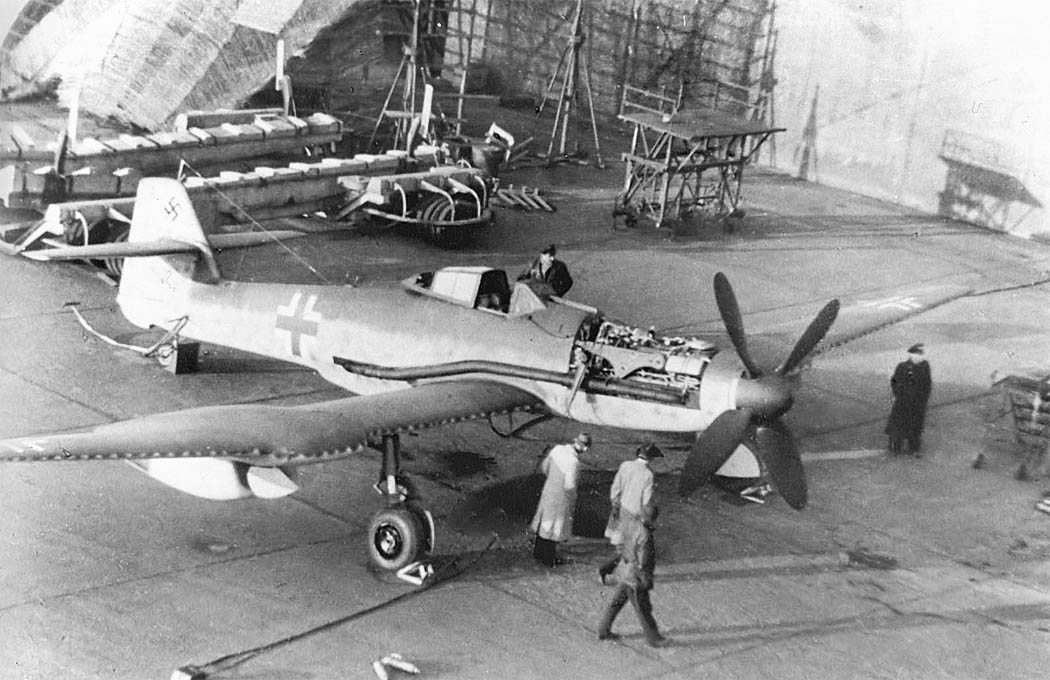The Blohm & Voss Bv 155 was a German high-altitude interceptor project developed during the Second World War, intended to counter Allied bomber formations, particularly the American B-29 Superfortress, which was expected to appear over Europe. The project was unusual in that it passed between multiple companies before settling with Blohm & Voss, and it went through several major redesigns before being abandoned.
The Bv 155 began life at Messerschmitt in 1942 as the Me 155, a proposed carrier-based fighter derived from the Bf 109, intended for use on the never-completed German aircraft carrier Graf Zeppelin. When that project was cancelled, the design was reoriented toward the Luftwaffe’s need for a high-altitude interceptor capable of engaging reconnaissance aircraft like the British de Havilland Mosquito and, later, the anticipated B-29.
The requirement called for an aircraft with an exceptional service ceiling, pressurised cockpit, and heavy armament. As the design diverged further from the Bf 109, Messerschmitt grew reluctant to continue development, as it was already overburdened with other projects (Me 262, Me 163, etc.). The programme was transferred to Blohm & Voss in 1943, where chief designer Richard Vogt heavily revised it into the Bv 155.
Prototypes and Development
Three prototypes were built:
- Bv 155 V1 – flew on 1 September 1944, but suffered from cooling and handling problems.
- Bv 155 V2 – incorporated a redesigned cooling system and improved aerodynamics.
- Bv 155 V3 – was still under construction when the war ended.
Test flights showed that while the aircraft could achieve high altitudes, it was plagued by technical issues, including radiator overheating, poor stability, and engine reliability problems. Progress was slow due to wartime resource shortages and shifting priorities.
Operational Prospects and Cancellation
By late 1944, the strategic situation had changed. The feared mass deployment of B-29s over Europe never materialised; instead, the Allies relied on B-17s, B-24s, and Lancasters which operated at lower altitudes. Meanwhile, the Messerschmitt Me 262 jet was entering service and offered far greater performance against Allied bombers.
All three prototypes were captured after the war. The V1 was flown by the RAF, but technical issues caused it to crash on its first RAF flight. The V2 airframe was taken to Britain and displayed at Farnborough with other captured aircraft. No further record of the V2 exists and it is assumed that it was scrapped. The V3 was shipped to the United States for evaluation. It is still extant and stored at the National Air and Space Museum.
